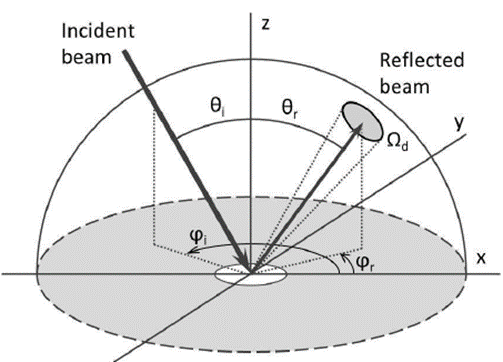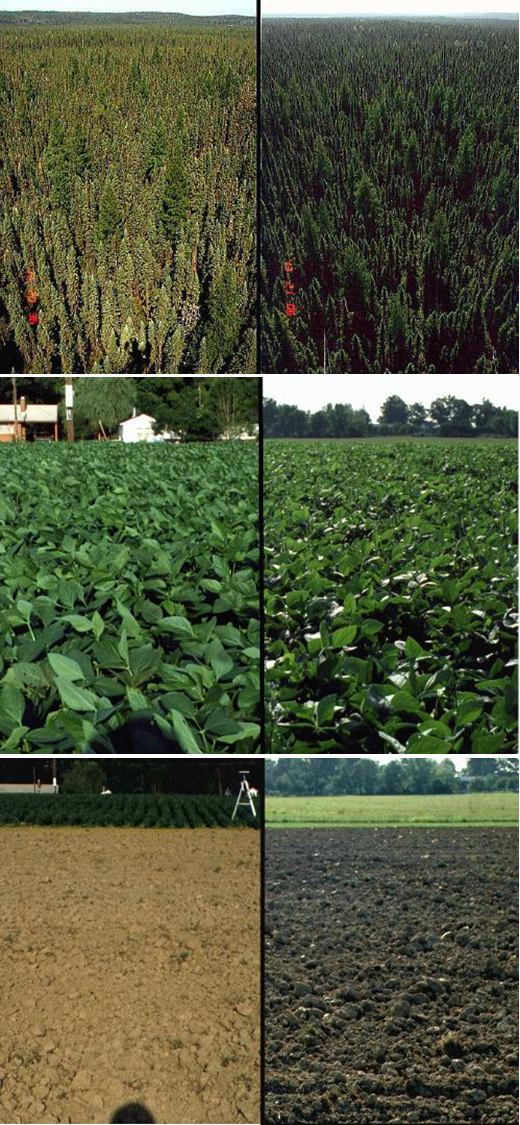# Understanding BRDF: The Science Behind Light Interaction
Written on
Chapter 1: Introduction to BRDF
When observing objects, their appearance can drastically change based on the angle from which they are viewed and the direction of the light illuminating them. This variation is primarily due to the complex interactions between light and the object's surface. Factors such as texture, color, and shape influence how light is absorbed or reflected. As light strikes an object, it bounces off and scatters in various directions, with the scattering pattern determined by both the angle of incidence and the characteristics of the surface.
Reflection occurs when light encounters a non-transparent surface and is redirected. The behavior of this redirected light is contingent upon the material of the surface and any imperfections it may have. Depending on the material, certain wavelengths of light can be absorbed while others are reflected. Smooth surfaces, for instance, lead to "specular reflection," where the majority of light reflects in a singular direction, akin to reflections observed on mirrors or water. Conversely, "diffuse reflection" occurs on uneven surfaces, causing light to scatter in multiple directions. A perfectly diffuse surface is referred to as a "Lambertian surface," which uniformly scatters light (in computer graphics, this is termed "isotropic").
Section 1.1: The Role of BRDF
The Bidirectional Reflectance Distribution Function (BRDF) is crucial for understanding how light reflects off surfaces, defined as a function of both (A) the illumination angle and (B) the observation angle. Surfaces possess unique structural and optical properties, including transmission, reflection, absorption, emission, shadow casting, and multiple scattering.
BRDF serves as a mathematical representation of how light reflects from a surface in various directions. It is commonly expressed as f(θi, θr, φi, φr), where:
- θi: Angle between the incoming light and the surface.
- θr: Angle between the outgoing light and the surface.
- φi: Angle between the incoming light and a reference plane.
- φr: Angle between the outgoing light and the same reference plane.

In essence, BRDF quantifies the ratio of reflected radiance (the light reflected per unit area per unit solid angle) to incident radiance (the light arriving at the surface per unit area per unit solid angle) for specific pairs of incident and reflected directions. The BRDF can vary widely between different materials and surfaces, influenced by factors such as the polarization and wavelength of the incident light. It plays a vital role in computer graphics and vision, facilitating the modeling and simulation of various materials under diverse lighting conditions.
Section 1.2: Visualizing BRDF Effects
The first video titled "BRDF: Bidirectional Reflectance Distribution Function" dives deeper into the mechanics of how BRDF affects the visual representation of surfaces in computer graphics. It illustrates the underlying principles and applications of this fundamental concept.
Another insightful video, "BRDF," further explores the implications of BRDF in real-world scenarios, demonstrating how variations in lighting and viewing angles can significantly alter the appearance of materials.
Chapter 2: The Impact of Viewing Angles
The images below showcase how the same surface can appear distinct when viewed from different angles. The phenomenon can be attributed to the BRDF, which explains why surfaces that are neither specular nor Lambertian exhibit notable changes in appearance based on illumination and viewing angles.

When we observe an object, our eyes capture the scattered light waves, which our brain interprets to form an image. Altering either our viewing angle or the illumination direction changes how light interacts with the surface, resulting in a different scattering pattern of light waves that reach our eyes. This leads to a unique visual perception of the object. As illustrated in the images, textured surfaces can reveal varying patterns of shadows and highlights from different perspectives, enriching the viewer's visual experience.